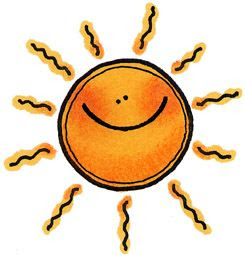Here's their article. Visit their site for more great health info. They have a wonderful newsletter that they send out for free with some great health info!
If the only reason you eat horseradish is to add some kick to your sandwich, you may want to find a few more uses.
Turns out that horseradish -- like its cruciferous kin broccoli -- is a potent source of a group of cancer-fighting compounds known as glucosinolates.
All in the Family
Even though they look and taste nothing alike, broccoli and horseradish are both members of the cruciferous -- or Brassica -- vegetable family that also includes brussels sprouts, cauliflower, arugula, watercress, and wasabi, to name a few. When we chew or chop up veggies like these, a beneficial chain reaction occurs. First, glucosinolates come pouring out. Then, the glucosinolates are broken down by another plant enzyme called myrosinase. That process turns the glucosinolates into potent cancer-fighting phytochemicals known as isothiocyanates and indoles. Ahhh, healthier living through plant chemistry. (Here's more on the health benefits of the Brassica vegetable family.)
A Phytochemical Festival
Phytochemicals such as indoles and isothiocyanates combat cancer by sweeping carcinogens out of your body before they do damage to your DNA. These compounds also help cut the between-cell lines of communication that can sometimes lead to cancer, and they help block the action of cancer-causing hormones. No wonder studies show that people who eat more cruciferous vegetables have less cancer! (Try this cancer-fighting cousin of horseradish.)
Take horseradish to a whole new level in your diet by adding these tangy recipes to the menu:
- Give fish a twist with this horseradish-inspired recipe from EatingWell: Salmon Classic.
- Put a little tangy, crispy bite into your side dish with this recipe: Shredded Root Vegetable Pancakes.
- Wake up your mouth on Sunday morning with one of these: Frozen Virgin Mary.




